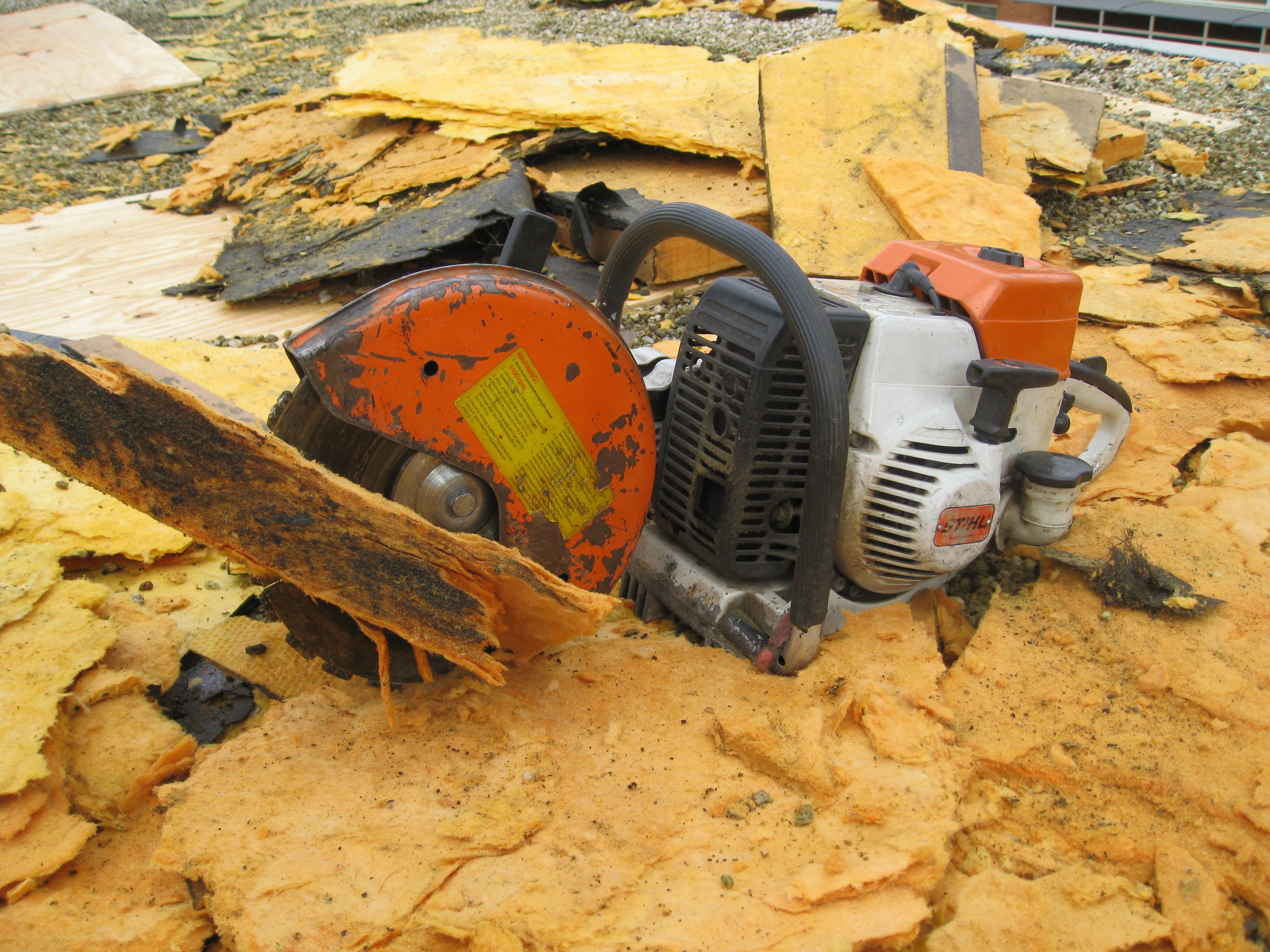As we welcome to the world and bring home our second child from the hospital I was reminded again about baby carriers and how parents will place just about anywhere.
Just a few quick pics here from our first kid and where I have set the baby carrier down leaving her in there. Sometimes it's because they are asleep and we just want to enjoy a few peaceful moments before he crying begins again. My daughter loved being in the carrier and being swung gently back and forth. I used this tactic many times to calm her down.
Other times we may leave them in there for a moment while we run back out to the car to grab the groceries or backpack number 2. Either way the baby carrier ends up all around the house both occupied and unoccupied.
If you find one, be gentle with it. A newborn may only weigh 6-8 pounds and with the adrenaline flowing that will feel like nothing.
Get it off the table and low to the ground! This gets it in the cleanest air available to it.
Once low, get your face in it to see if visibility is enough to actually search it with your eyes.
Don't just glove the inside hard, you may injure the child even more or rub whatever is on your glove (broken glass etc.) on the kids face.
When in doubt, take the whole thing outside! Don't risk it.
If it is empty, be thinking that there is a baby inside somewhere. We have 2 baby carriers, one for each car. Typically only 1 is inside at a time. The other is in the other car.
Now this gets a little advanced and some may think I am off my rocker but if you find a baby carrier in a social room and it's empty to be afraid to take it with you towards the bedrooms. If you find a baby in a crib or bassinet this carrier can be used to help you get it outside safely! I'm not saying you need to fasten the buckets and everything but setting the kid inside will protect the kid's head and neck more than our clumsy and bulky gloved up hands and coat covered arms. No one wants to face rake a newborn with their chest mounted flashlight!
If you got this far, thanks for reading all the way through!




















